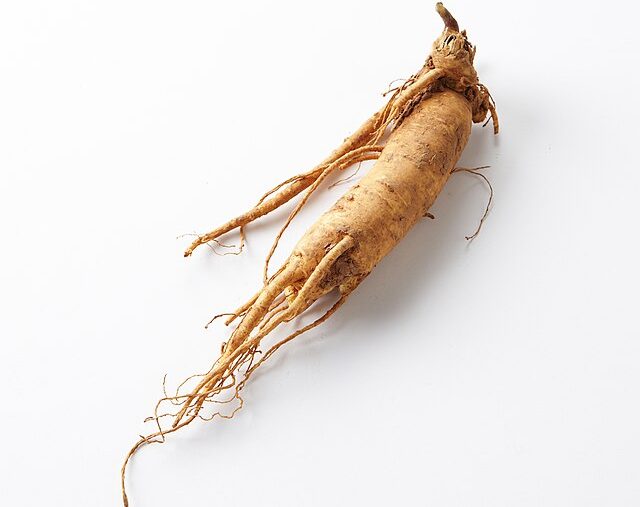A farm tour by Senator Tammy Baldwin in Wisconsin has revealed that American ginseng is still reeling from the trade war with China.
Baldwin took her campaign visit to a farm in Wausau, WI which in early October 2024 hosted the Marathon Ginseng Festival.
During the October 15 visit, the senator traced the difficulties local farmers have been facing during the tariff war amid COVID 19.
Her first stop was the Hsu Ginseng Farm, where she reviewed the “changing ginseng landscape” and what it portends for tomorrow.
On his part, Hsu Giseng Farm’s owner revealed how profitability has diminished due to retaliatory tariffs on China-made goods.
Ginseng is one of the most lucrative resources for Wisconsin, whose Marathon County produces around 90% of the annual national tally. The main export base is the far-east including China, where the roots process medicinal products.
Tariffs on American Ginseng
Despite its lucrativeness as a key market, China has enforced punitive tariffs that have spilled over from Donald Trump’s presidency.
Since 2018 when the trade war began, China has been levying 40% in duty on U.S.’ ginseng exports.
By 2023, some Wisconsin farms were reporting 50% losses, with some switching to other crops like carrots.
The reason for this is that levy hits hard on the export-dependent Marathon County’s key commercial crop. Here, ginseng producers have always apportioned the greater part of their output into export throughout their 120-year cultivation history.
There is also the competition that comes from within China itself, which also grows American ginseng (Panax quinquefolius). Growers here already boast a yearly output of 12,000 tonnes of the root, as of 2021, despite the cultivar being foreign.
Interestingly, the trade war and competition factors still persist despite collaboration between China and the U.S. to make ginseng medicine, beginning 2020. The National Health Commission and its Chinese counterpart have already jointly registered American ginseng as “Chinese medicine and food.”
It is therefore this trade background that campaigners like senator Baldwin are pushing back to help revamp the sector. With October being a peak harvest month of the root, below are additional statistics on U.S. ginseng exports.
United States Ginseng Exports Statistics
The United States is one of a quadruple of nations that lead ginseng root exports, alongside South Korea, China and Canada. The U.S.’ export value in 2022 was the fourth highest at $42 million, despite being half that of South Korea’s $84.1 million. The United States also imports ginseng in a proportion equal to about 25% of its total exports. A key instance is 2022’s imports worth $10.3 million versus exports of $42 million.
How does American ginseng export quantity reflect export value rankings?
Despite exporting just 1.3% of world’s ginseng at 362 tonnes in 2022, the United States still emerged a top 4 value earner. This is because of high prices and lucrative export destinations such as China which pay top dollar. Similarly, Korea, which exported just 325 tonnes in 2022, also emerged the top revenue earner. The far-east nation’s earnings at $84.1 million beat that of 2022’s export quantity leader Canada whose quantity totaled 3,921 tonnes.
How does the American export price add to the export value?
In 2022, the American export price for ginseng was the second highest among the four top exporters and helped improve export value. According to ITC, the American price was $107,116 per tonne while that of Canada was $17,762 a tonne. This is even as South Korea’s export price remained high at $262,554 a tonne versus China’s $44, 316 a tonne. Thus, premium price does increase the total earnings of some major exporters.
